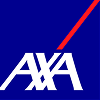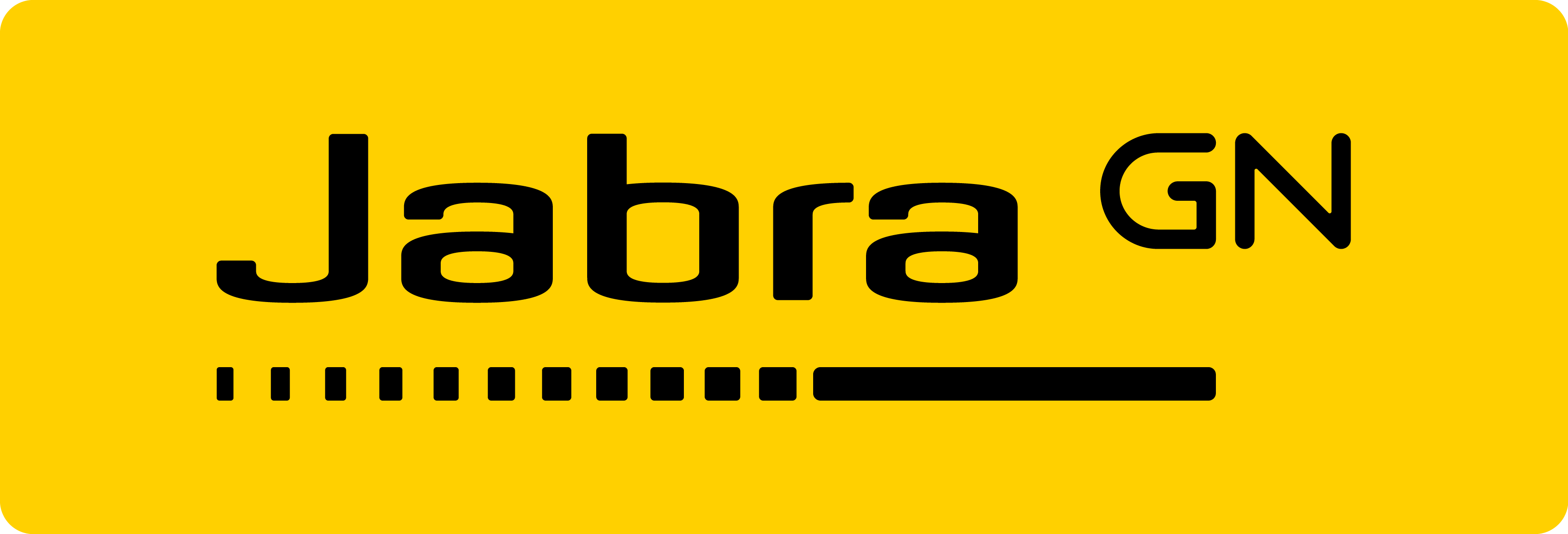CL-PQC
Onsite / Virtual classroom
3 days
Ends with an exam
Audience: Professionals
Preparedness: General knowledge of cryptography
Exercises: Hands-on
Post-quantum cryptography is no longer just a futuristic concept, but a necessity in the present day. Anyone who works in the field and ignores its principles and techniques could be left at a severe disadvantage. This course offers a comprehensive overview of post-quantum cryptography.
Day 1 explores quantum-based attacks, lattices, and their applications in schemes and key exchange. Day 2 delves into error-correcting codes, isogenies, and their security implications. Day 3 covers the MQ problem, various schemes, including oil and vinegar, rainbow, and their cryptanalysis.
Other candidates, such as hash-based signatures and MPC-in-the-head signatures, and side-channel attacks, are also discussed. Participants will gain a thorough understanding of post-quantum cryptography and its potential impact on modern cryptography.
Introduction to post-quantum cryptography
Attacks on DLOG and factoring
Lattices and related algorithms
LWE and Regev's encryption scheme
NTRU and NTRUPrime
Codes and cryptosystems
Isogenies and elliptic curves
MQ problem and its variants
Other candidates for PQC
Side-channel attacks and countermeasures
Have a deep understanding of the post-quantum cryptographic landscape
Be able to evaluate the security of different cryptographic primitives
Be able to select suitable cryptographic algorithms for their specific use case and deployment scenario
Have practical experience implementing and using post-quantum cryptographic schemes
Understand the mathematical foundations of post-quantum cryptography
Be familiar with the state-of-the-art in post-quantum cryptography
Possess knowledge and skills to defend against side-channel and physical attacks on cryptographic implementations
Handle complex subjects, provide practical skills training, and hands-on experience, enable discussion and collaboration, and maintain the motivation and accountability of learners.
Courses with couple of thousands of participants to be conducted in a short time frame, in any time zone, on-site or online.
Utilzing our R&D&I we combine academic knowledge with practical application, we develop and tailor courses to latest trends and clients' needs.
We use our proprietary platform with virtual machines for a safe practice, coding, and experimentation environment.


Budafoki street 187-189.
Budapest, 1117, Hungary
+36 1 205 3098
Trusted by top companies and brands:



















































